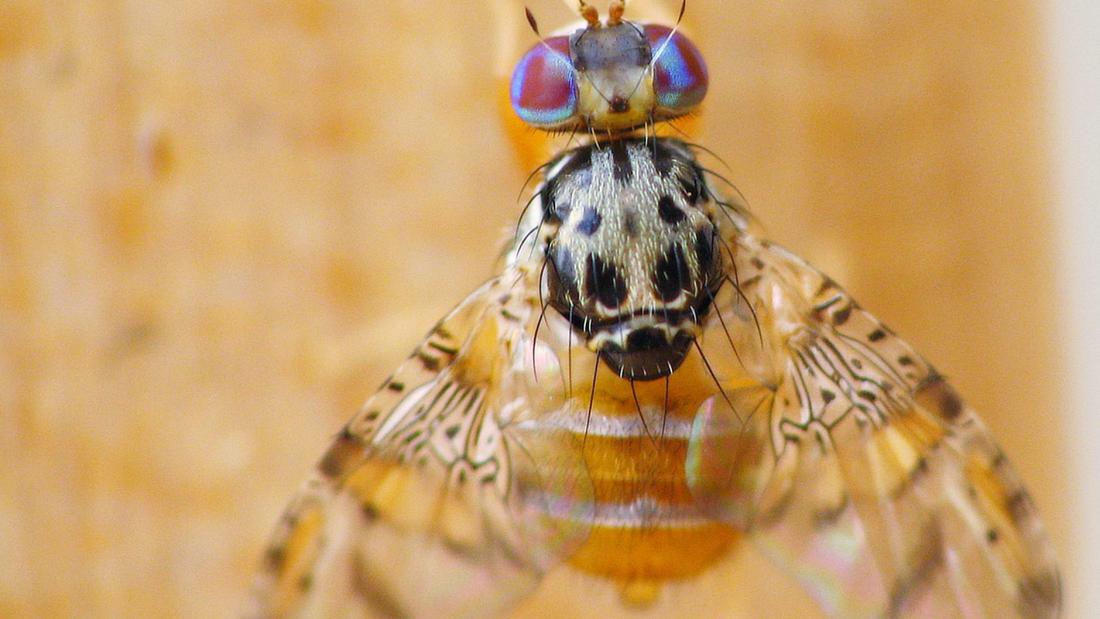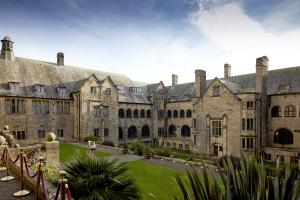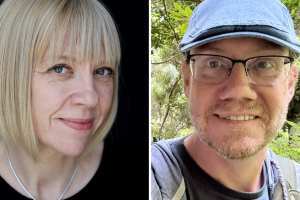Study sheds light on how the environment promotes the generation of new species
Researchers have shed new light on how the environment promotes the generation of new species.
A study led by Dr Benjamin Jarrett from Bangor University looked at what happens when two populations of the same species are evolving in different environments. It asks if they are more or less likely to interbreed than populations evolving in the same environment.
The aim of the research which has been published in the scientific journal, Nature Ecology & Evolution, was to understand how the phenomenon of reproductive isolation evolves at the start of the generation of new species – a process known as speciation.
The study compiled data from a range of species, including fruit flies (Drosophila), beetles, mites, fungi, and two vertebrate species, the guppy or rainbow fish (Poecilia reticulata), and the domesticated chicken (Gallus gallus).
The study found that two populations are more likely to evolve to be genetically distinct from each other when this occurs, and therefore less likely to interbreed. The study also found that the environment can jumpstart speciation via plasticity. Plasticity is how the environment changes behaviour, or morphology (form and structure), or physiology (the normal functions of living organisms and their parts).
Reproductive isolation measures how isolated two populations or species are to one another. It can be thought of as the likelihood that gene exchange can occur between two species or populations.
The evolution of reproductive isolation has been seen by many to be a key part in the generation of new species. When a single population splits into two geographically separated populations, after some time, reproductive isolation may evolve by chance. If these populations ever become in contact again, they will not interbreed and exchange genes. And so the populations—or species—will persist and not get homogenised.
It has been thought that once a population splits, two populations that experience different environments will be more likely to evolve reproductive isolation. This is because different or divergent selection means genetic differences are more likely to build up between these populations compared with populations that are experiencing the same environment.
Dr Benjamin Jarrett from Bangor University said, “We compiled a dataset of 34 studies that have tried to get at the question in the lab of: do divergent environments lead to more rapid build up of reproductive isolation? Many of these studies use invertebrates because you can keep them in the lab and perform long term experiments on them. In this way, we can get at the causal mechanisms behind the evolution of reproductive isolation—because the same population is the starting point for the experiment, and the environmental conditions are controlled by the experimenter.
“We found evidence that divergent selection (the two populations are evolving in different environments) results in greater reproductive isolation that populations that have been evolving in the same environment. This is evidence that ecological speciation can occur on short time scales and across species that are not necessarily known for being paragons of ecological speciation research in the past. In other words, this may be a general phenomenon.
“We also provide evidence that the environment can jumpstart the speciation process. Developing in one environment may mean you are more likely to choose to mate with individuals that have also developed in the same environment as you, which is one way of increasing reproductive isolation. But this is only true to pre-mating barriers like mate choice and habitat choice but not post-mating barriers like hybrid viability.”





